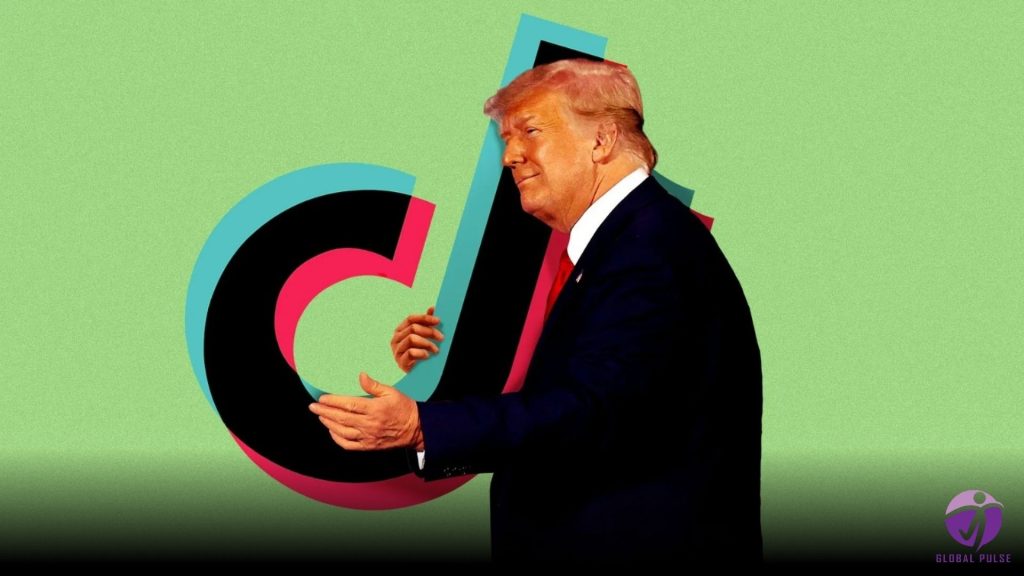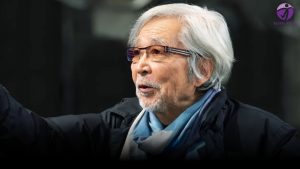In a recent statement, US President Donald Trump indicated that he might consider reducing tariffs on China as part of efforts to facilitate the sale of the short video app TikTok, currently owned by ByteDance.
Trump indicated his readiness to prolong the April 5 deadline for identifying a non-Chinese buyer for the platform.
In January, he postponed the enforcement of a law enacted during the Biden administration aimed at prohibiting TikTok.
In 2024, legislation invoked national security concerns as the basis for a sell-or-be-banned directive.
On Wednesday, Trump addressed reporters regarding TikTok, suggesting that China may need to be involved in the process, potentially through some form of approval. He expressed confidence that such a development is likely to occur.
“I might consider offering a slight reduction in tariffs or a similar incentive to facilitate the agreement,” he remarked.
Trump expressed his anticipation that a preliminary agreement would be established by the deadline of April 5.
A China’s foreign ministry spokesman addressed the comments, asserting that Beijing “has repeatedly stated its position.” China has consistently opposed the imposition of additional tariffs.
Following the announcement of new import taxes set at 25% on all cars and car parts entering the United States, Trump has made remarks that could escalate the ongoing global trade war.
The BBC has approached TikTok for a statement.
The primary obstacle in finalising a deal to sell the TikTok business, valued at tens of billions of dollars, has consistently been obtaining approval from Beijing.
In past negotiations, Trump has sought to leverage tariffs as a strategic tool.
Upon returning to the White House on January 20, the president warned of potential increased import duties on China should the country fail to endorse a TikTok agreement.
Approximately 170 million Americans are utilizing the immensely popular app.
Former President Trump, who previously advocated for a ban on TikTok during his initial term, has now established an account on the social media platform.
With a following exceeding 15 million, he claims to have garnered billions of views on the platform throughout his presidential election campaign.
This month, the United States raised tariffs on all imports from China to 20%.
The tariffs imposed by Trump on the world’s second-largest economy were doubled on February 4.
On February 10, China announced its countermeasures by imposing tariffs, which include a 10-15% tax on select agricultural products from the United States.
Beijing has targeted several US aviation, defense, and technology companies by placing them on an “unreliable entity list” and implementing export controls.
Initially set at 10%, the levy was increased to 20% on March 4.
China has called on the United States to re-engage in dialogue with Beijing at the earliest opportunity.













